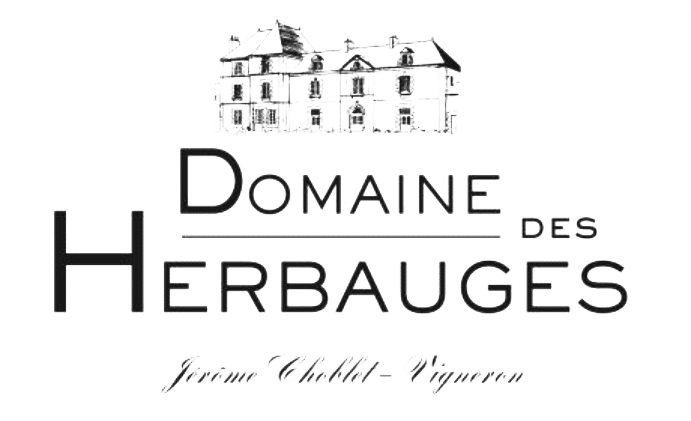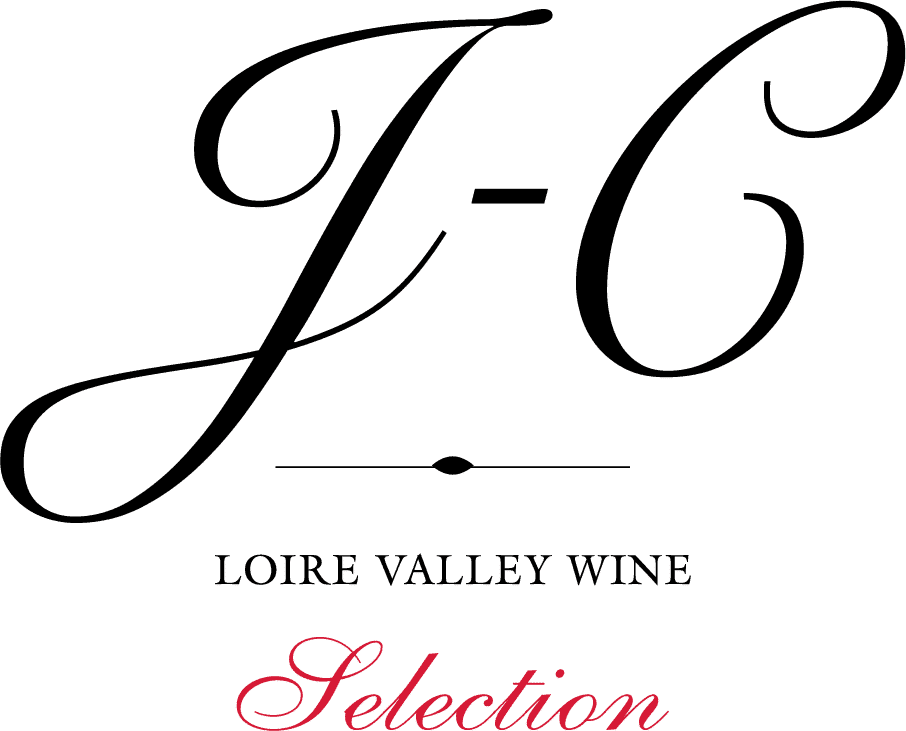Vinification
Harvesting the grapes of finest quality
Our grapes are harvested at optimum maturity and carefully sorted, where only the finest grapes are selected. Then they are slowly and gently pressed in pneumatic presses to extract a premium quality grape juice.
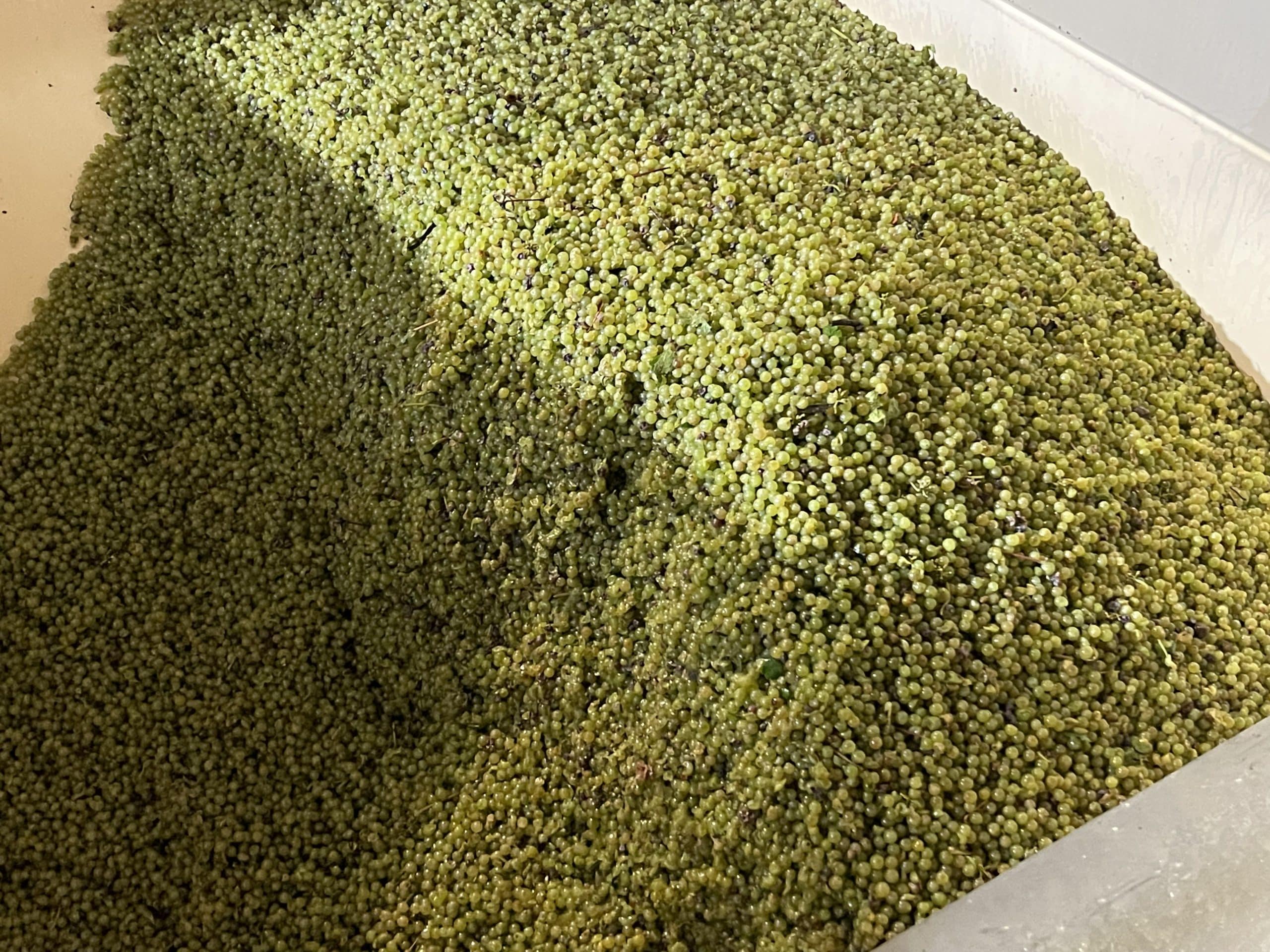
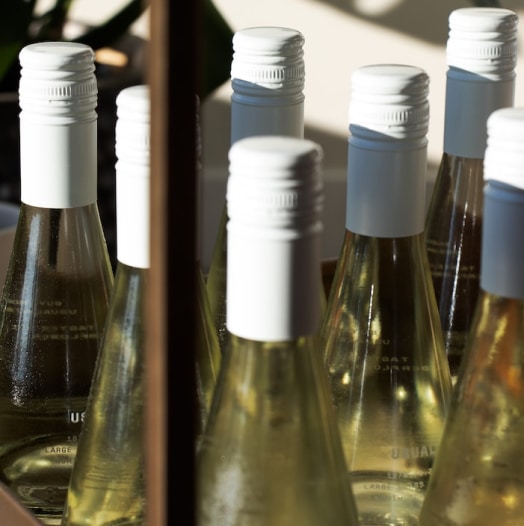
Natural fermentation according to tradition
The must (unfermented grape juice) is cooled and maintained at a temperature between 7-9°C (45-48 °F) for up to 48 hours of cold settling. The goal is to preserve the maximum expression of fruit and terroir.
When the heavier particles fall to the bottom naturally by gravity, we proceed to decant the clear top juice to produce our fine and delicate wines. This process is called cold racking.
Fermentation starts slowly after 3-5 days. The temperature is continuously and carefully controlled to highlight the aromas and freshness specific to each of our grape varieties and terroirs. It takes between 15-18 days for natural yeasts to transform the sugar into alcohol.
Muscadet Côtes de Grandlieu on Lees fermentation
All our Muscadet Côtes de Grandlieu Sur Lie (on Lees) wines are aged between 7-14 months on their lees. Lees are wine deposits that are mainly composed of inactive yeast left after fermentation.
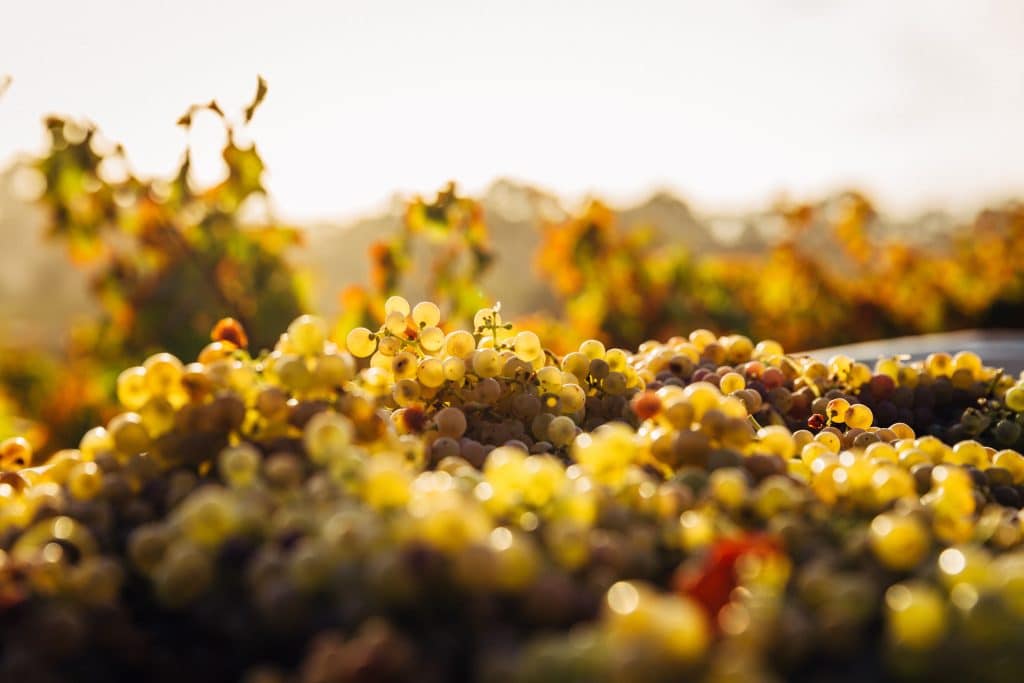
A technique specific to the region of Muscadet
The ageing and bottling “sur Lie” are specific to our region. This technique enhances the aromas of our wines and retains some of the carbon dioxide gas that develops during the fermentation process. The carbon dioxide gas adds a light effervescence with a crisp and refreshing finish to the wine.
Naturally Muscadet wines are easy-drinking white wine, low on alcohol. Ageing on lees technique makes the wine supple, gives it roundness, adds texture and complexity to the Muscadet.
Natural stabilization of our wines
One of the reasons for the instability of wine is the natural development of tartrate crystals – also called crystalline deposits. This is a salt exported from the soils by the vine that crystallizes under the action of cold.
This phenomenon is rarely a problem for red wines because the sediments are supposed to accumulate over time. On the other hand, for white wines which are often chilled before being served, these tartaric crystals can be poorly appreciated.
Tartaric stabilization by electrodialysis
Several processes can be used to overcome the problem of tartaric instability in wines. At Domaine Jerome Choblet, we stabilize all our wines naturally using the tartaric stabilization by electrodialysis – without adding any additives, chemical or otherwise.
This technique consists in passing the salt through membranes under the influence of an electric current. The technique allows us to obtain 100% stable wines, without adding any stabilizer, and being time effective in our production. This in return allows us great flexibility in order to better satisfy our customers’ deadline requirements.
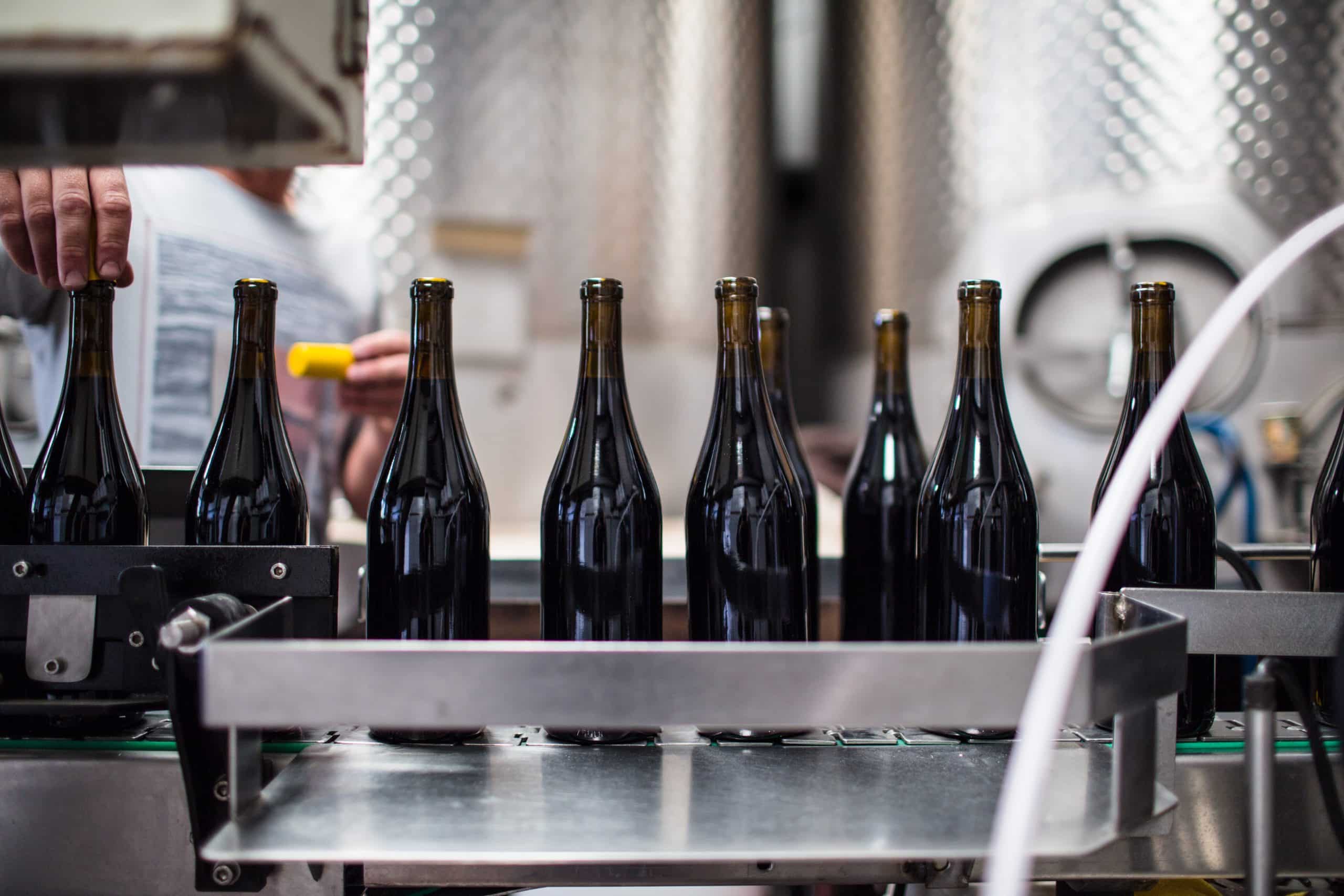
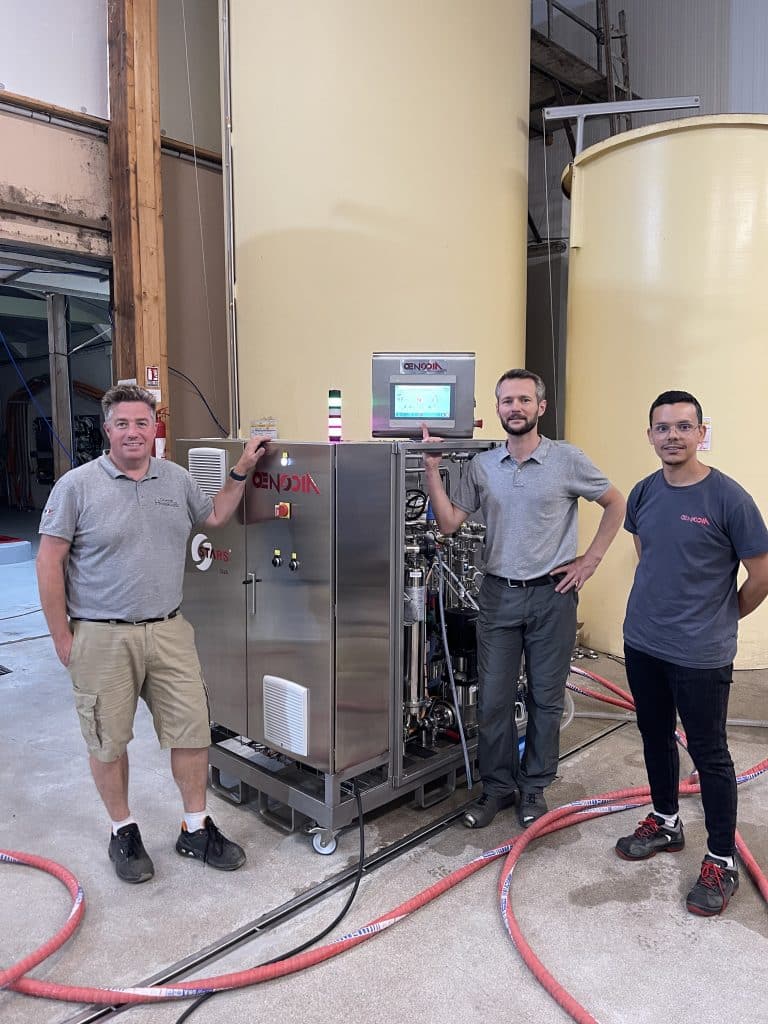
3 step filtering to guarantee quality and conservation
After electrodialysis and before bottling, our wines are delicately filtered using a 3-stage process that ensures peak quality and maximum conservation properties.
“Wine making is my passion, as is cultivating the very best vines. Each step of the process determines the final expression of the flavours and aromas of my wines, from the most intense to the most delicate.”
Jérôme CHOBLET – Wine Grower – Creator of Emotion
Wines adapted to the destination
As 90% of our wines are exported, our goal is to provide quality and tasty wine, regardless of its destination. Our vinification processes allow us to adapt the characteristics of the wine.
Because consumers’ experiences are different, we adapt our winemaking processes to their destination, without compromising the quality of the wine. Aromas, minerality, complexity and alcohol content will depend on the destination and the demand of the distributors – of course depending on the harvest and what nature gives us.
